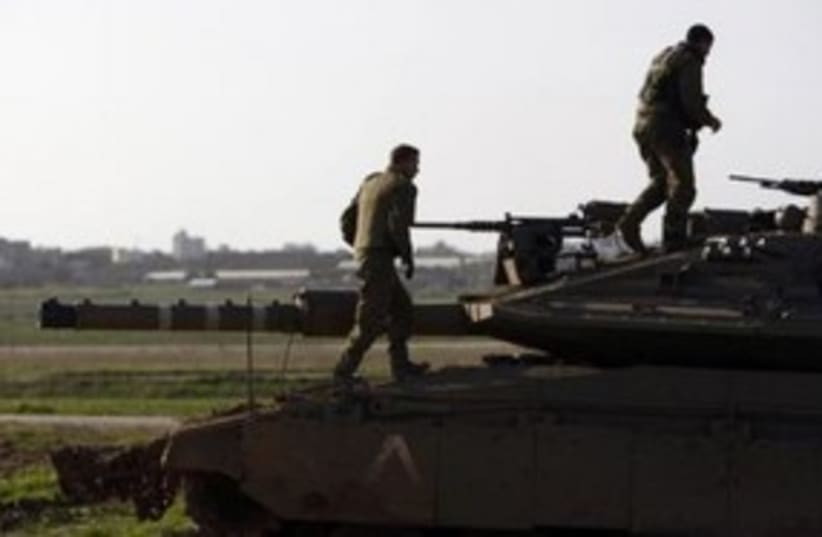'Vital army system delayed by 7 years,' State Comptroller finds
Classified Ground Forces program suffered indefinite setbacks and still isn't ready, costing IDF operational capabilities; Defense Ministry: System passed trial, now being deployed to units
